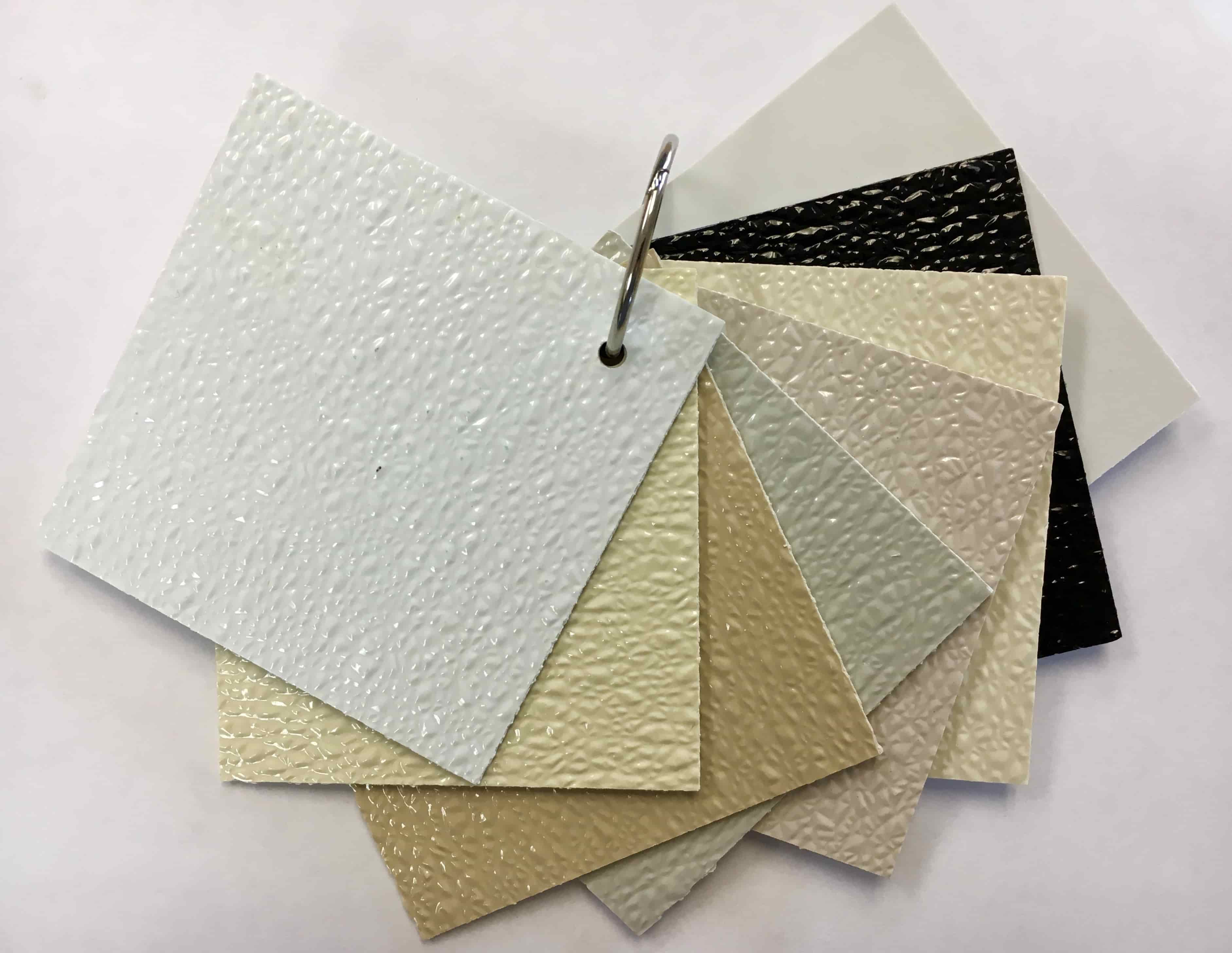How To Install Frp Panels Without Glue On Concrete Wall

Apply a layer of adhesive onto the back of the fiberglass sections with the caulking gun.
How to install frp panels without glue on concrete wall. Before you start your frp panels installation cut your corner moulding. This liquid nails 1 gal. Fiberlite frp panels may also be used as drop in ceiling panels. They are used on walls and ceilings and can be installed directly over drywall wood concrete block and many other solid surfaces frp systems include plastic trim molding to create a continuous durable scratch resistant surface that is easy to clean and mold.
This adhesive is spreadable with a trowel and covers about 50 sq. Because frp conforms to the substrate behind it anything on the wall such as nail heads will show up through the panel. Fiberglass reinforced plastic panel adhesive is a high strength bonder specifically formulated for bonding frp panels but will also bond non fiberglass reinforced panels nrp. Cut it to fit the height of the wall apply a bead of silicone caulk down the entire length and press it into the inside corner.
Using the proper tools to install cut and drill the frp will keep the wall panels in place. This allows moisture to penetrate the seams of the panels causing moisture damage. Insert the panel into the corner moulding. 3 measure the area where you plan to install the panels and lay out the.
Before installing paneling to a concrete or brick wall first remove all dirt dust and debris from the wall. Voids between the frp and the wall surface cause the frp to release from the wall. Clips are recommended to. Use a trowel and apply a 1 4 inch thick layer of frp adhesive to the back side of the first panel.
Fiberlite frp may form and contour to wall surface that are not prepared prior to installation. A clean surface increases the bonding strength between the panels and wall. Fiberglass reinforced panels or frp are thin flexible plastic panels made of strong polyester resin reinforced with fiberglass. Insert a tube of adhesive into a caulking gun then cut the tip off with a utility knife to make a 1 4 inch hole.













































